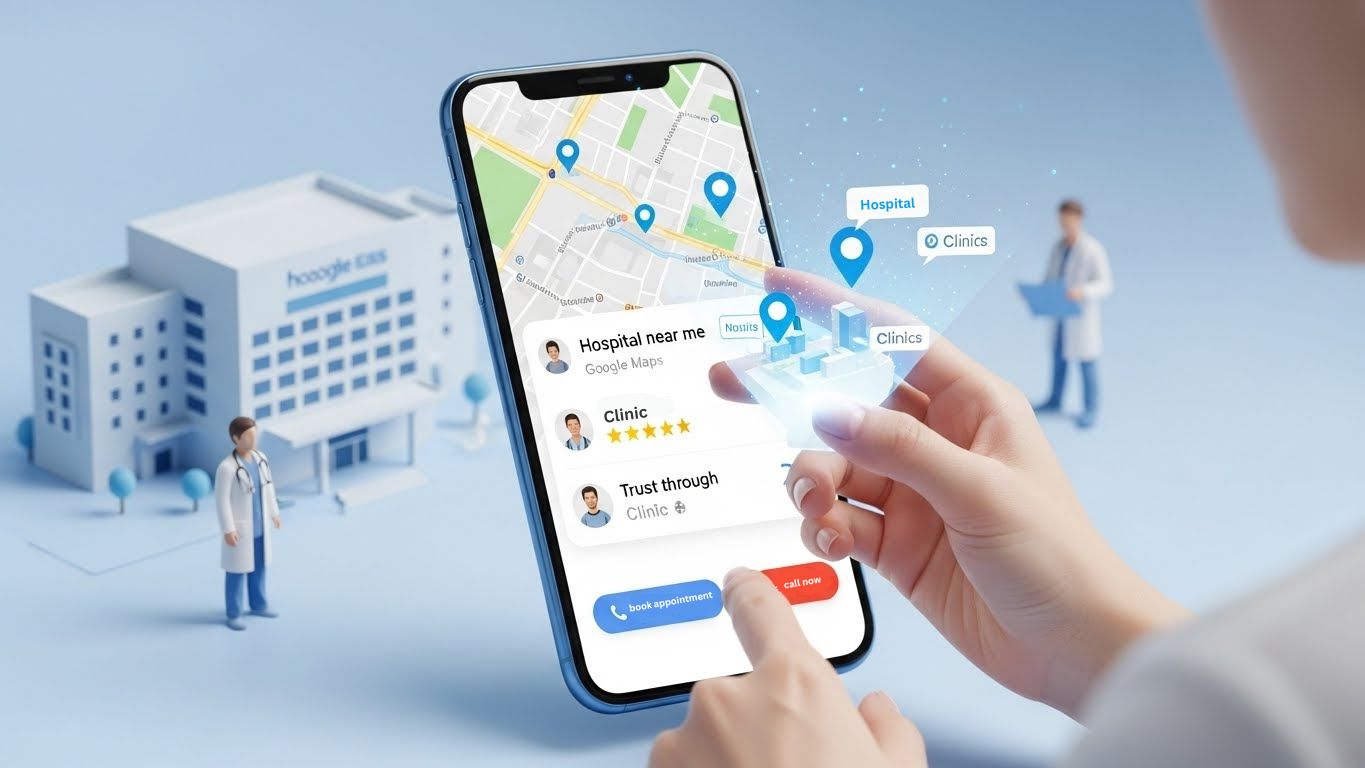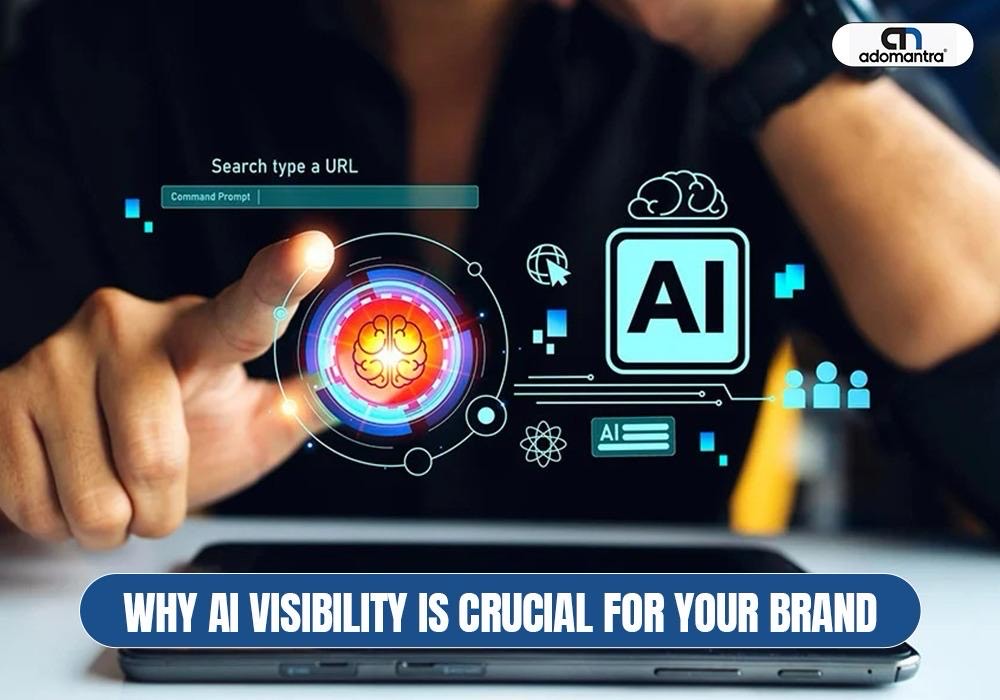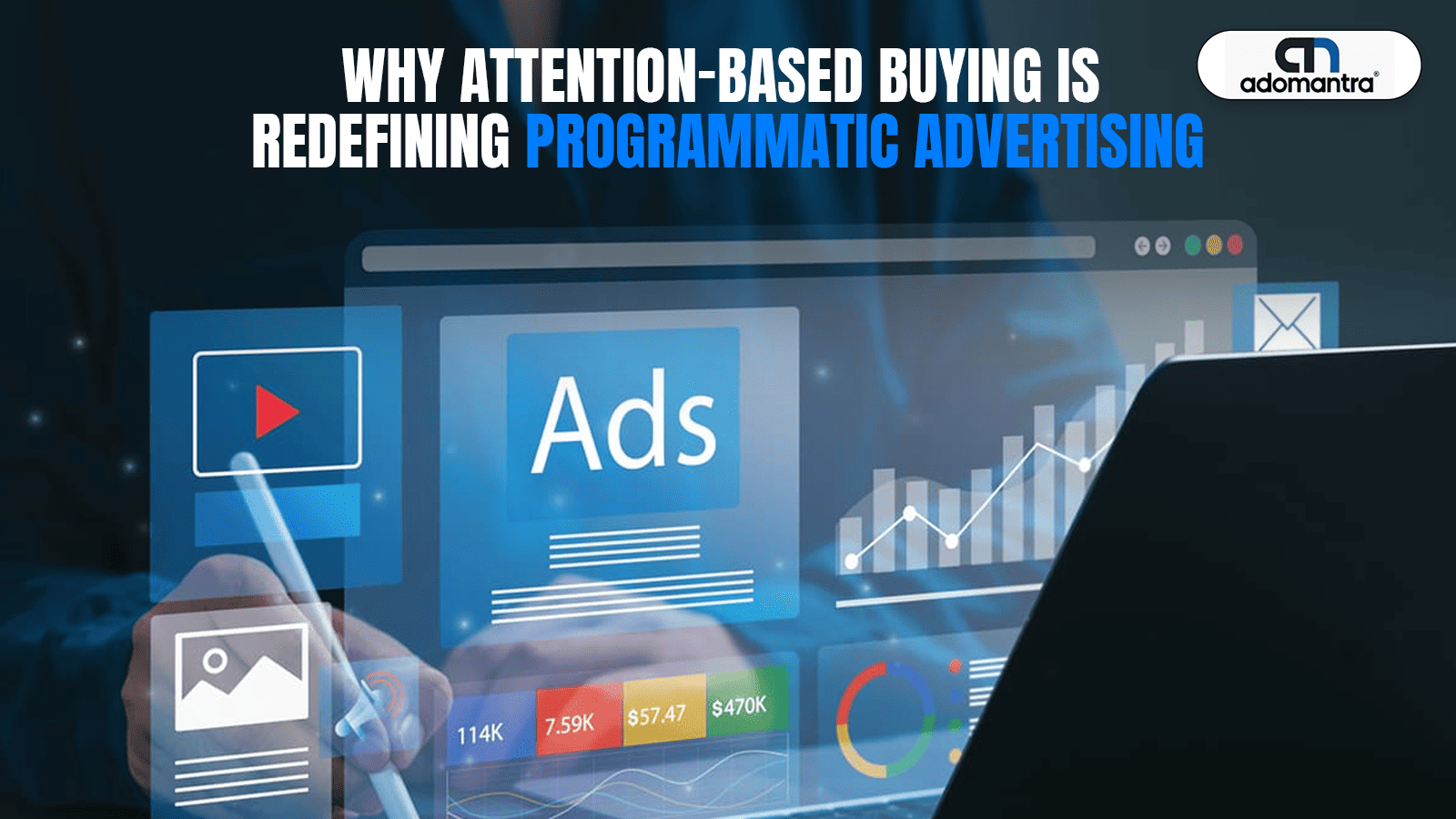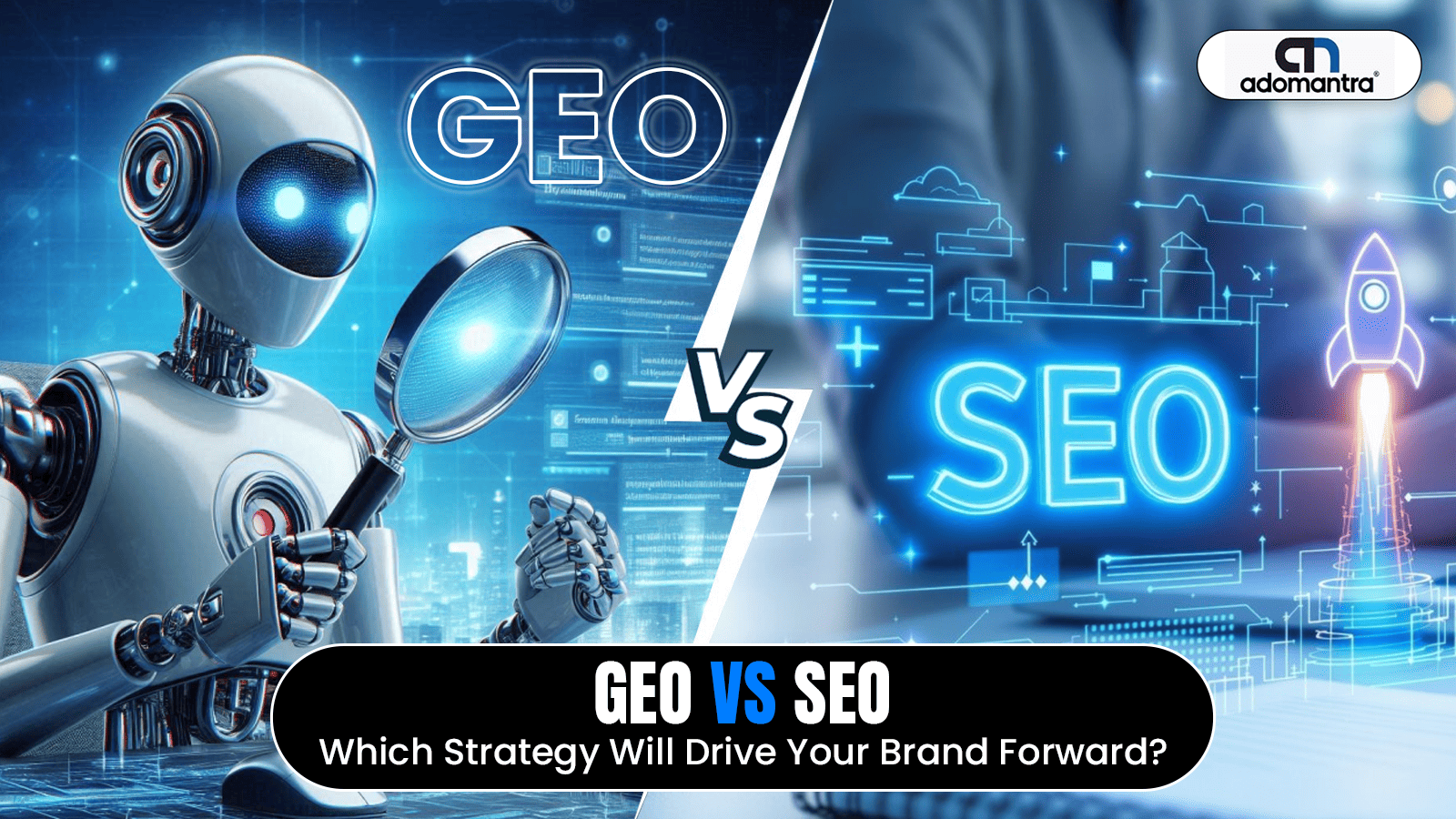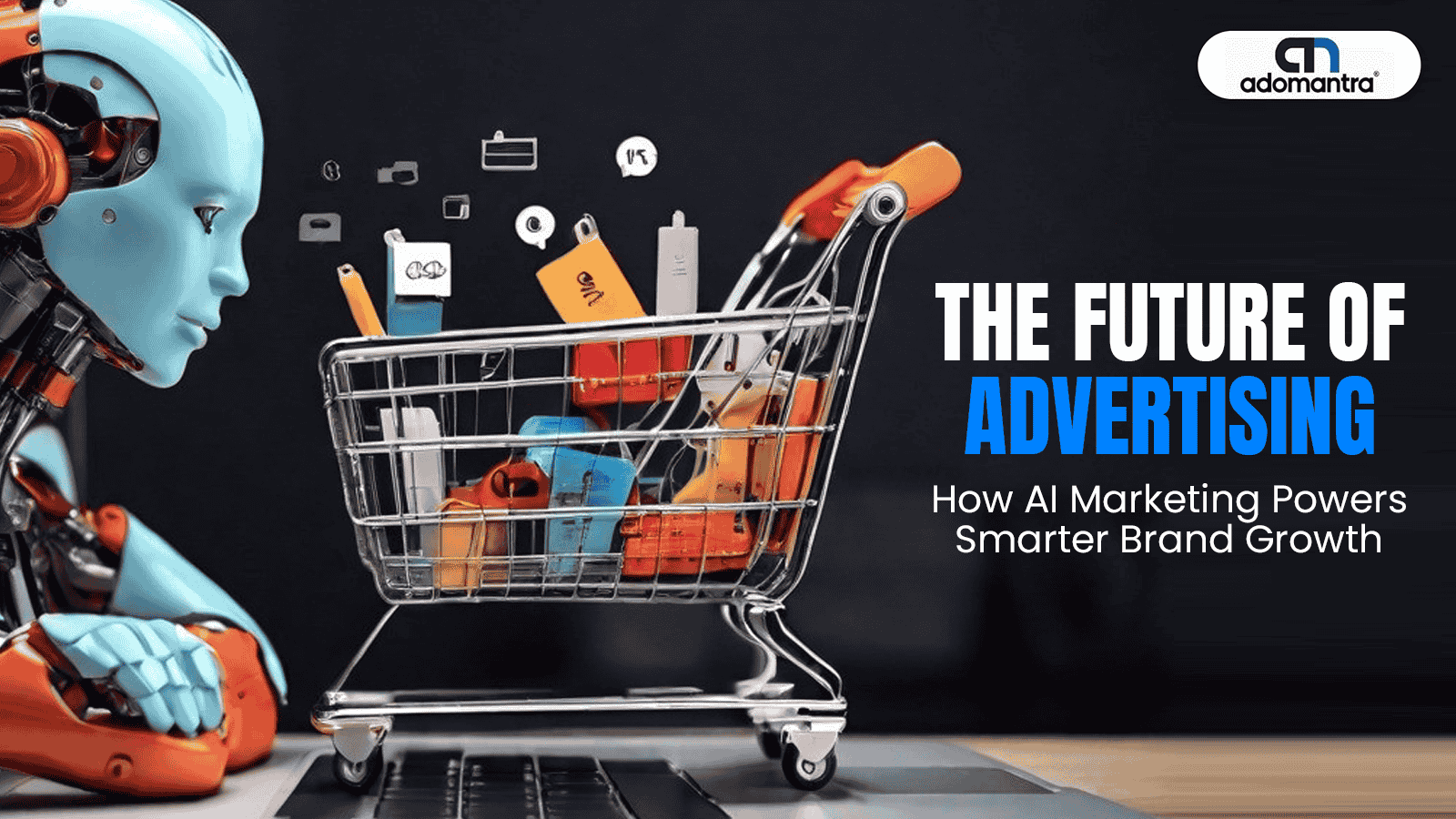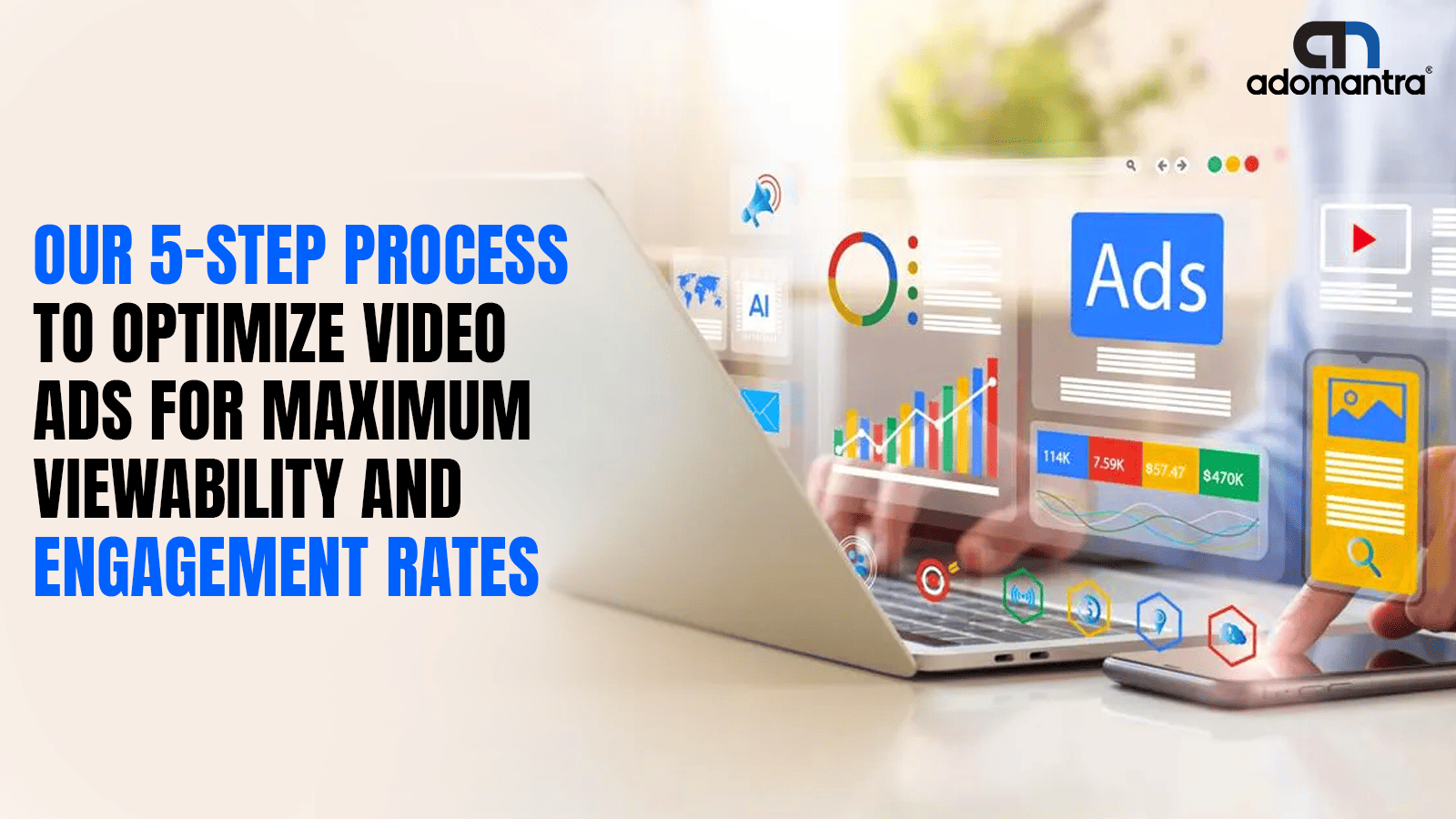
Make Every View Count: Why Video Ads Optimization Is a Game-Changer
You have five seconds or less to grab attention. That is all a viewer gives before skipping, scrolling, or closing your video ad. So how do you make your video ad stand out, stay visible, and get engagement?
The answer lies in smart, strategic video ads optimizations. Running a fantastic video is not enough. It involves fine-tuning every element to fit your campaign's objectives and the preferences of your target audience, from length and format to placement and timing.
Video is now crucial since B2B buyers are consuming more content before contacting vendors. 72% of consumers prefer to watch a video to learn more about a product or service, according to HubSpot. Additionally, properly optimized video ads can increase engagement by up to three times compared to static content.
With a reliable, tested method, we at Adomantra have assisted brands in achieving these outcomes. Our 5-step framework for optimizing video ads to increase viewability, engagement, and campaign performance is broken down in this guide.
Step 1: Set the Right Objective and Platform Strategy
Clarity should come first. What action do you want the audience to take? Observe? Click? Complete a form? Your execution will be more precise if your goal is clear.
For instance:
- Campaigns for awareness must have the most impressions and reach possible.
- Consideration campaigns require clicks, views, and time spent.
- Engagement and CTA response are essential for conversion campaigns.
Select platforms according to these objectives.
YouTube is excellent for raising awareness and telling stories. LinkedIn is a good tool for B2B marketing. Conversions and visual storytelling are supported by meta platforms.
Pro Tip: Match the type of ad and video format to the stage of your funnel. Up to 40% more engagement can be achieved with this easy change.
Step 2: Optimize Video Length and Structure
The location and purpose of the video will determine the optimal length:
- 6 seconds for bumper ads.
- 15 to 30 seconds of skippable in-stream advertisements.
- Ads on LinkedIn feeds: 30–60 seconds for thought leadership.
- Demos or product explainers: 60–90 seconds.
However, structure is more important than length. The "hook-frame-action" approach is what our group employs:
- Hook: Grab interest within the first three seconds.
- Frame: Quickly demonstrate value or insight.
- Action: Conclude with a concise call to action.
Were you aware? The first three seconds of a video convey about 47% of its value. You lose the campaign if you lose them here.
This is where the attention-holding content structure of our video ad optimizations comes into play.
Step 3: Focus on Creative Quality and Brand Consistency
Your power tools are sound and images. Performance is harmed by poor production, irrelevant content, or poor design. For this reason, we stress:
- High contrast thumbnails
- Legible text overlays
- Consistent logo placement and brand colors
- Subtitles (because a lot of videos are viewed on mute)
Customers expect consumer-level quality even in business-to-business transactions. 62% of B2B buyers believe that professionally produced video content is essential, according to Brightcove.
Mobile-first design is also essential. According to Statista, mobile devices account for more than 75% of video views. This calls for tight captions, vertical framing, and avoiding screen overload.
Creativity is essential when discussing video ad optimizations. Performance is propelled by it.
Step 4: Target Smart and Retarget Smarter
Relevance is everything. You could have the best video, but if it shows to the wrong person, it fails. That is why we work on detailed targeting:
- Use buyer personas
- Leverage interest-based segments
- Layer with behavior or lookalike audiences
- Target by industry, job title, or geography for B2B
Retargeting is where performance scales.
We build sequential retargeting flows using:
- View-based retargeting – Target users who watched 50% or more of the video
- Engagement retargeting – Target users who clicked or responded
- CRM retargeting – Sync with your email or lead data
Retargeted users are 70% more likely to convert. That is why no video ads optimization plan is complete without retargeting in place.
Step 5: Test, Track, and Tweak Relentlessly
No video ad works perfectly on the first try. Continuous testing is what drives long-term results. We always run A/B tests for:
- Thumbnails
- Video intros
- CTAs
- Lengths
- Placement and timing
We track KPIs based on campaign goals, such as:
- Viewability rate – Are people seeing the ad?
- Engagement rate – Are they watching, clicking, reacting?
- Click-through rate (CTR) – Are they moving toward conversion?
- Completion rate – Are they watching till the end?
Using tools like Google Ads, Meta Ads Manager, and platform analytics, we generate detailed insights. Then we tweak the creatives, timing, or format, and run again.
This ongoing cycle is what keeps our video ads optimizations sharp and performance-driven.
Conclusion
Video is not just a trend. It is a key part of how modern B2B brands communicate, build trust, and convert attention into action. But without optimization, even the best video fails to deliver. Our 5-step method for video ads optimizations ensures every frame works toward your campaign goal.
Want to improve your video ad results?
Let’s align your strategy with what works. Start optimizing your video ads for visibility, impact, and ROI with a team that knows how.
Frequently Asked Questions
Q1. What is video ads optimization?
A. The process of improving your video content, format, targeting, and delivery in order to increase visibility, engagement, and campaign performance is known as video ad optimization. It guarantees that the right people see your advertisements and take the desired action.
Q2. How long should a video ad be for best results?
A. The platform and goal determine the optimal length.
- 6-second bumper ads are effective for raising awareness.
- 15 to 30 seconds works well for consideration or engagement.
- Longer videos (up to 60 seconds) are effective for storytelling and thought leadership on LinkedIn.
Q3. Why are the first few seconds of a video ad so critical?
A. The first 3 seconds determine whether viewers continue watching or skip. A strong, attention-grabbing hook helps increase view-through rate and message retention.
Q4. Can optimized video ads improve B2B conversions?
A. Yes. Optimized video ads with strong targeting, clear messaging, and relevant CTAs can influence decision-makers, build trust, and increase lead quality. Studies show that video helps B2B buyers understand offerings faster, leading to higher conversions.

